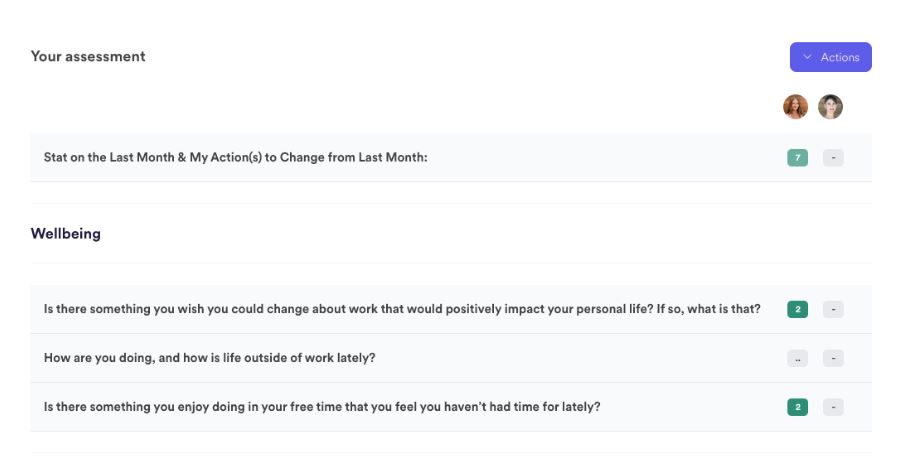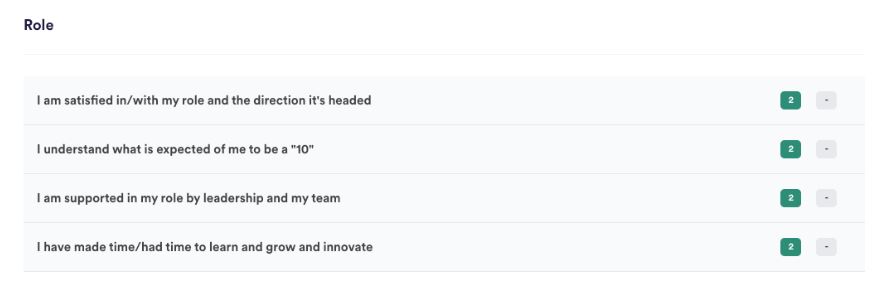Business owners know that their employees are the backbone of their organization. But how do you know if your team members are happy? Have grievances? Want to be heard? For most leaders, getting and giving constructive employee feedback is somewhat of a pipe dream - but it doesn’t have to be. In fact, it’s one of the best business practices you can implement. Here are some tips for process improvement and how to do it right.
Consider The Flaws Of The Status Quo
Think about how most business leaders ask for feedback. It’s usually through an annual “performance review.” Not only does such an event sound absolutely tedious (and terrifying), but it also gives employees and managers only one shot per year to have an open conversation. What usually happens with such a cadence is that both parties will bring whatever their most recent emotion is to the meeting.
For example, maybe you raised your voice at an employee a couple of weeks back because he was late for the third time in a row. This interaction will likely color the feedback he gives you - and vice versa - preventing any focus on the usual positive dynamic that’s been present the other 51 weeks of the year. You can see how this would be misleading. It leaves the feedback vulnerable to recency bias and fails to paint a complete picture over time.
Make It Regular & Bidirectional
So, what’s the alternative to annual performance reviews? At StringCan, we changed our entire employee feedback model and created a “monthly check-in.” This verbiage makes team members significantly less nervous and creates frequent opportunities for honest conversations.
The manager and employee set goals, and then we use a software tool that visually shows how each person is progressing toward them. We include methods of accountability that keep productivity high and blame low. This approach also allows all team members to provide support, as well as an archive we can use to check back about prior work.
In addition, we want feedback to flow in two ways. Managers should use this time to deliver feedback to employees, but employees should also share their feedback with managers. It’s a great opportunity to learn together and have the conversations you can’t usually have.
Keep It Healthy
Remember that your team members are holistic beings, which means how they show up at work is often directly tied to what’s going on in their lives outside of work. So, make a point to check in on their well-being and personal life during your check-ins. At StringCan, we have a standard list of questions we ask (see screenshots below), which cover a variety of topics both inside - and outside - of work. This allows you to truly understand and support your employees.
Finally, even if there are emotionally charged topics to discuss, it’s important to keep your tone, body language, and words constructive. Maintain a healthy environment, in which your employees feel supported, even amid hard conversations. And that’s ultimately what check-ins should be: conversations that clear the air, surface issues, shine a light on positive growth, and allow for even deeper collaboration and satisfaction moving forward.


Switching from annual performance reviews to monthly check-ins can be transformative for your company and your culture. After all, it will make your employees feel heard and valued, and employees and managers alike will get a chance to receive honest feedback and grow. Interested in working with a company that also believes in similarly open communication with its clients, too?
Stay tuned for our next post, and give us a call!

